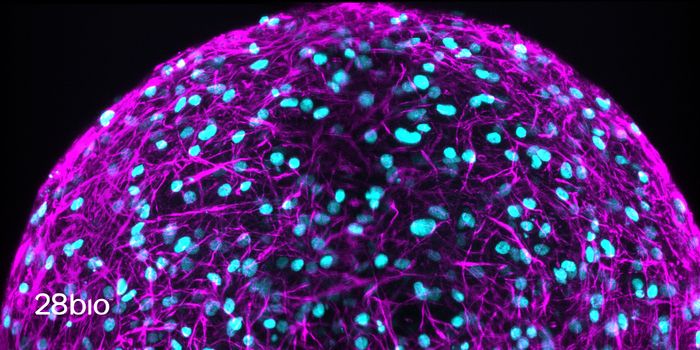The developing brain is somewhat like a gas guzzling engine, sending signals from neurons to bring more oxygen rich blood into the brain so it can produce more nerve cells. While this goes on constantly in children and adults, a new study shows that in newborns, the process doesn’t go as previously thought. A study done using newborn mice, since their brain development is similar to that of humans, showed that the nerve cells at the newborn stage do not signal the request for more blood flow.

In a paper published in the journal Neuroscience, the team from Columbia University looked at blood flow to the brain during the post natal period, where normally there is a great deal of development. It’s normal for that brain development to be spurred on by an increased blood flow to the brain to feed the growing cells. When the team looked at fMRI scans of newborn human infants, they saw that this process wasn’t always happening and they wanted to find out why. Since fMRI studies are often used to treat and diagnose brain injuries or developmental issues, knowing how blood flow and cellular development occurred was crucial.
Mariel Kozberg MD, PhD, a recent Columbia neurobiology graduate and the paper’s first author said in a press release, “No one knew how to interpret blood-flow responses in the developing brain. In this study, we needed to find out what was different between adult and newborn brains. Were the differences in neural activity itself, or did they lie in the relationship between this activity and local blood flow changes?”
Scans were conducted on newborn mice at the age of 7 days old. Touching the mice on their hind paws (similar to the Babinsky reflex in humans) stimulated a great deal of neuronal activity in the mouse brain. What didn’t happen, however, was the corresponding influx of blood flow to the brain.
By 13 days, the nerve cell reaction got bigger, spreading across a wider stretch of the brain. Still the blood didn’t come. But by the time the mice reached adulthood, neural activity prompted an influx of blood flow. While it was troubling at first that the newborn mouse brain could not signal its need for oxygen, that lack also seemed to have a strengthening effect. Dr. Kozberg explained, “We know that a lack of oxygen can trigger the growth of blood vessels. So in this case, neural activity in the newborn brain might actually be guiding blood vessels to grow in the right places.” The results of the study seemed to prove that the initial lack of oxygen to the nerve cells caused them to develop stronger over time, resulting in better oxygenation at maturity.
Going forward, the team hopes to analyze fMRI scans of newborns to see if they can map out the pattern of blood vessel development as it relates to neuronal signaling. The video below explains in more detail what this study could mean in terms of better understanding the newborn brain.
Sources:
Science News
Columbia University
Neuroscience









